10 Ways to Maintain Your Leather Furniture – A Complete Care Guide
Learn how to maintain leather furniture with expert tips on cleaning, conditioning, and protecting your sofas and chairs to keep them looking new and luxurious for years.
ORGANISING
3/19/2025
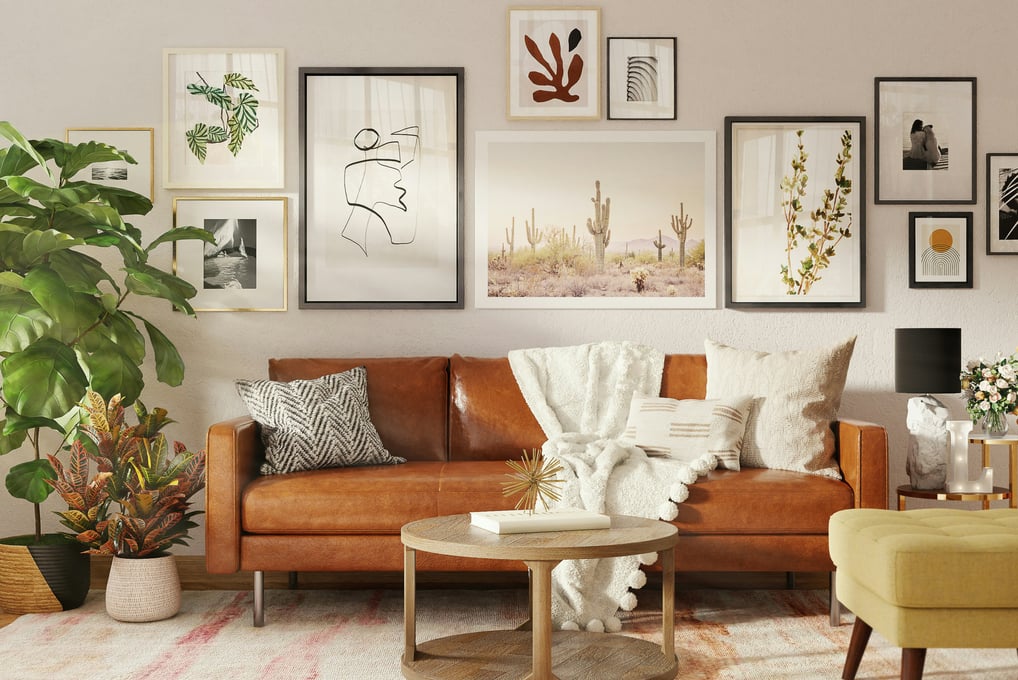

Leather furniture adds elegance, durability, and sophistication to any home. However, without proper care, it can lose its luster, develop cracks, or fade over time. Maintaining your leather furniture ensures it stays soft, supple, and beautiful for years. Here are 10 essential leather care tips to keep your sofas, chairs, and couches looking their best.
Regular Dusting and Vacuuming Prevents Dirt Buildup
Use a High-Quality Leather Conditioner to Retain Moisture
Avoid Direct Sunlight and Heat Exposure
Clean Spills Immediately to Prevent Stains
Keep Leather Away from Sharp Objects and Pets
Maintain Proper Humidity Levels
Rotate and Fluff Cushions Regularly
Use a Leather Protectant for Added Shielding
Professional Cleaning for Deep Maintenance
Follow Manufacturer’s Care Instructions
1. Regular Dusting and Vacuuming Prevents Dirt Buildup
Leather, like skin, needs hydration to stay soft and prevent cracking. A leather conditioner replenishes natural oils, keeping the material flexible and resistant to wear. Apply a leather conditioner every 3–6 months, depending on usage and climate.
Before conditioning, test the product on a small, hidden area to ensure compatibility. Use a clean, soft cloth to apply the conditioner in gentle, circular motions, allowing it to absorb fully. Avoid over-conditioning, as excess product can leave a sticky residue. Conditioning is especially crucial for aniline and semi-aniline leather, which are more porous and prone to drying out.
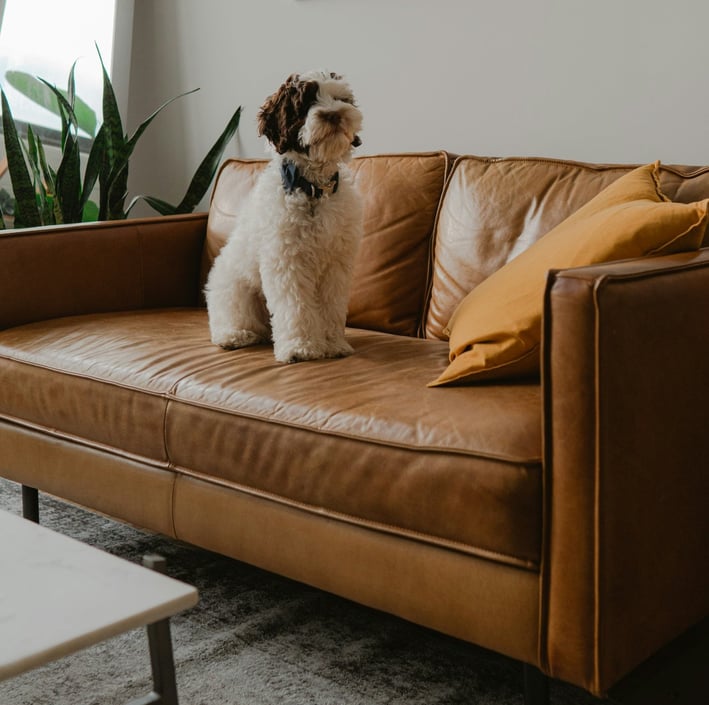

Prolonged exposure to sunlight and heat can cause leather to fade, dry out, and crack. Position your leather sofa or chair away from windows, radiators, or fireplaces. If unavoidable, use curtains or UV-protective window films to minimize damage.
Heat sources like space heaters can also dehydrate leather, leading to brittleness. In dry climates, consider using a humidifier to maintain optimal moisture levels in the air. Rotate cushions periodically to ensure even exposure and prevent uneven fading.
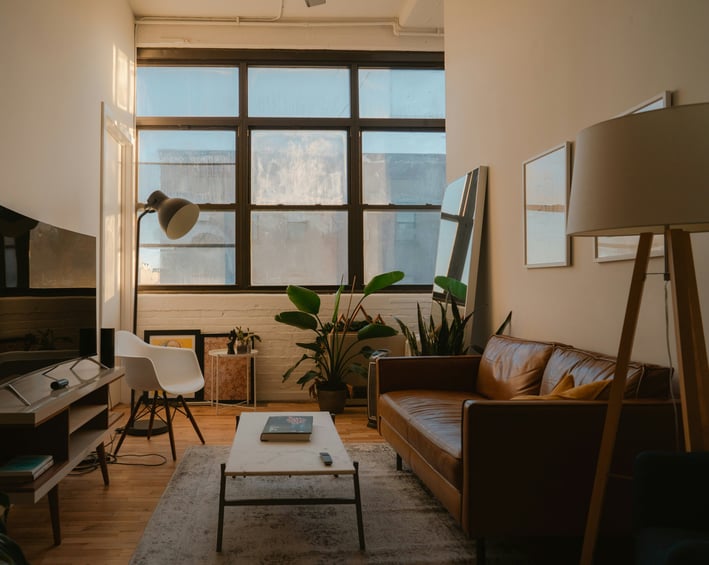

Leather is absorbent, so liquid spills should be addressed immediately. Blot (don’t rub) spills with a clean, dry cloth to prevent spreading. For water-based stains, a slightly damp cloth may suffice. For oil-based spills, use a leather cleaner specifically designed for your type of leather.
Avoid harsh chemicals like bleach, ammonia, or alcohol-based cleaners, as they can strip natural oils. For stubborn stains, consult a professional leather cleaning service to avoid irreversible damage.
Dust and debris can accumulate on leather surfaces, leading to scratches and a dull appearance over time. To prevent this, dust your leather furniture weekly using a soft microfiber cloth or a vacuum with a brush attachment. Pay attention to crevices and seams where dirt tends to gather.
Avoid using rough materials like paper towels, as they can cause micro-scratches. For deep cleaning leather furniture, a slightly damp cloth can help remove surface grime without damaging the material. Always wipe in gentle, circular motions to avoid abrasion. Regular dusting not only keeps your leather looking fresh but also prevents dirt from settling into the pores, which can degrade the material over time.
3. Avoid Direct Sunlight and Heat Exposure
2. Use a High-Quality Leather Conditioner to Retain Moisture
4. Clean Spills Immediately to Prevent Stains
Scratches and punctures can permanently damage leather. Keep sharp objects (keys, belts, pet claws) away from furniture. If you have pets, trim their nails regularly and use leather protectant sprays to add a protective barrier.
For minor scratches, a leather repair kit can help blend imperfections. For deeper cuts, professional restoration may be necessary.
5. Keep Leather Away from Sharp Objects and Pets
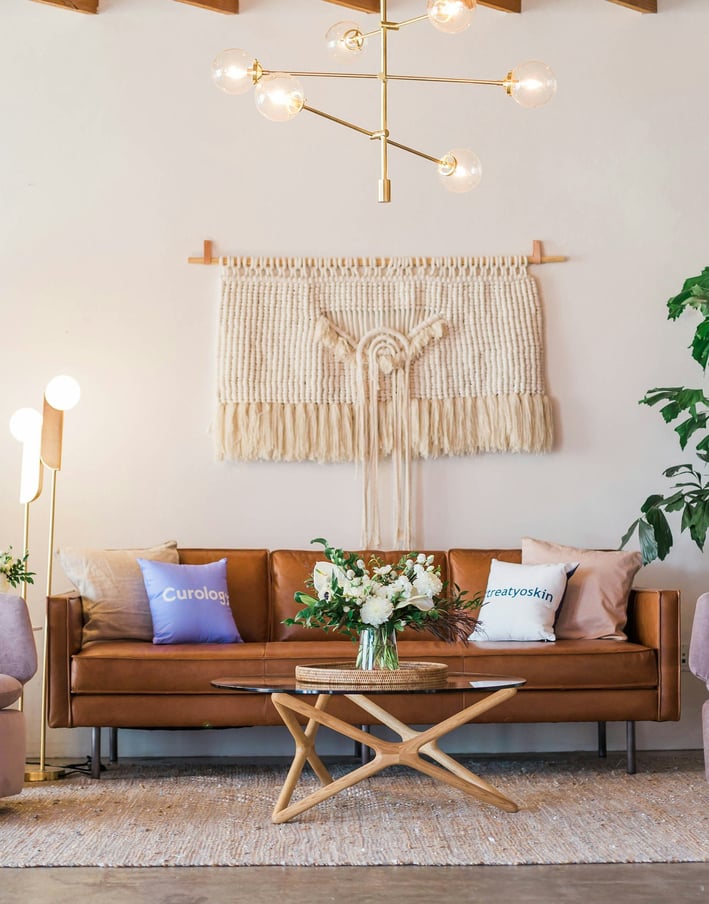

6. Maintain Proper Humidity Levels
Leather thrives in moderate humidity (40–50%). Too much moisture can cause mold, while dry air leads to cracking. Use a humidifier in winter and a dehumidifier in humid climates to maintain balance.
7. Rotate and Fluff Cushions Regularly
To prevent uneven wear, rotate and fluff cushions every few weeks. This distributes pressure and maintains shape.
8. Use a Leather Protectant for Added Shielding
A leather protectant spray creates a barrier against spills and UV rays. Reapply every 6–12 months for optimal protection.
9. Professional Cleaning for Deep Maintenance
For deep leather cleaning, hire professionals annually. They use specialized tools to remove embedded dirt without harming the material.
10. Follow Manufacturer’s Care Instructions
Always check the manufacturer’s guidelines for specific cleaning and conditioning recommendations tailored to your furniture’s leather type.
Final Thoughts
Proper leather furniture maintenance extends its lifespan and keeps it looking luxurious. By following these leather care tips, you can enjoy your investment for decades. For more expert advice, explore our leather cleaning and conditioning guides on our website!
MOST READ
HOUSE TOURS
Stunning 2700 Sq. Ft. Nalukettu Home with a Modern Touch
2 MIN READ
HOUSE TOURS
Exploring a 5BHK Contemporary Home in Kerala
2 MIN READ
HOUSE TOURS
Elegant 3BHK Home Tour
2 MIN READ
HOUSE TOURS
Inside a Stunning Rs. 2 Crore Dream Home in Palai, Kerala – UrbanSpacee’s First Home Tour!
3 MIN READ
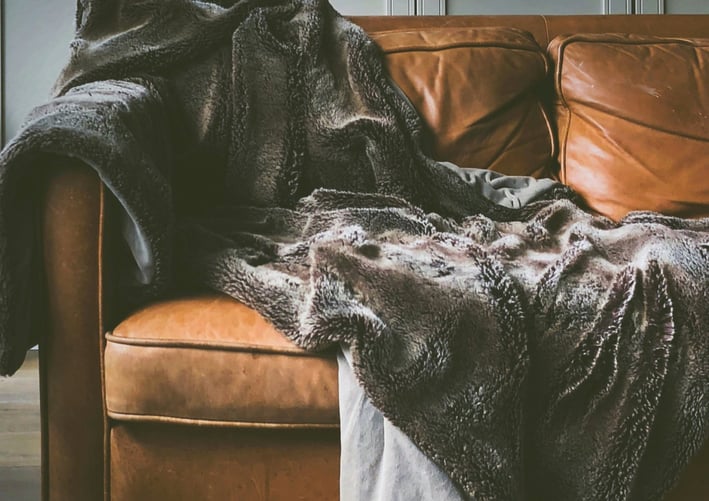

Follow Us
Explore smart furniture ideas for modern living.
For Enquiry
contact: info@urbanspacee.com,
+91 91886 37751
© 2025. All rights reserved./Terms and Conditions/Privacy policy
Newsletters
This blog contains affiliate links.For promoting there products ,we may earn a commission if you purchase through these links, at no extra cost to you.
